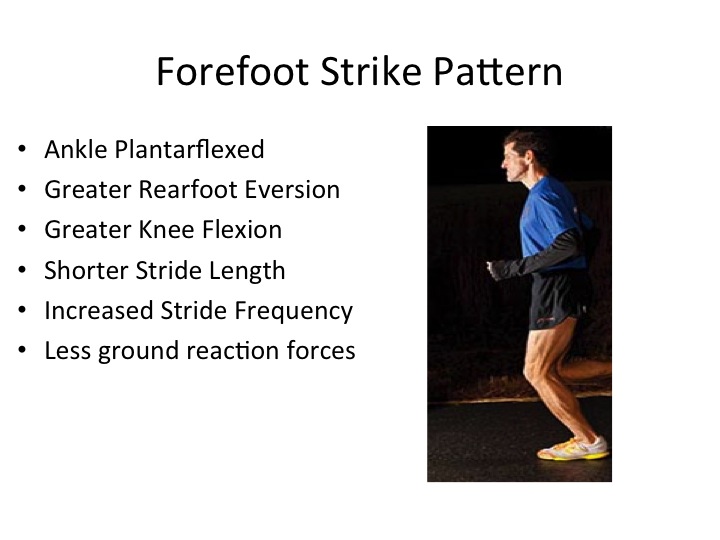In our Boulder Physical Therapy practice, the examination of a runner’s gait is a critical part of the evaluation giving us insight into the factors which either precipitated or perpetuated a running related injury. The forces transmitted across the body in running can be 2-4 times body weight and must be absorbed efficiently to reduce abnormal loading in a given body region such as the knee. Foot strike pattern in a runner is one variable shown to reduce abnormal loading across the lower extremity. In the knee example, changing from a rear to a fore or mid foot strike pattern can reduce impact forces across the knee joint.
Changes in a runner’s step rate per minute is an easy way to change a runner’s foot strike pattern with higher rates usually associated with more fore and mid foot strike patterns. A recent article in the International Journal of Sports Physical Therapy examined 40 runners who ran at least 10 miles per week in a heel strike pattern (Allen et al. 2016). The authors used video analysis to determine the athlete’s foot strike pattern then asked the runner to run at 5, 10, and 15% above their preferred step rate to determine the rate increase’s impact on their gait. With each increase in percentage the runner’s demonstrated less foot inclination (ankle bend) and thus less heel strike. Specifically, the authors found the heel strike pattern changed to a non heel strike pattern at 10 and 15% above the preferred step rate.
To learn more about how Physical Therapy Gait Retraining can reduce your injury risk and improve your running performance contact a local Physical Therapist.

